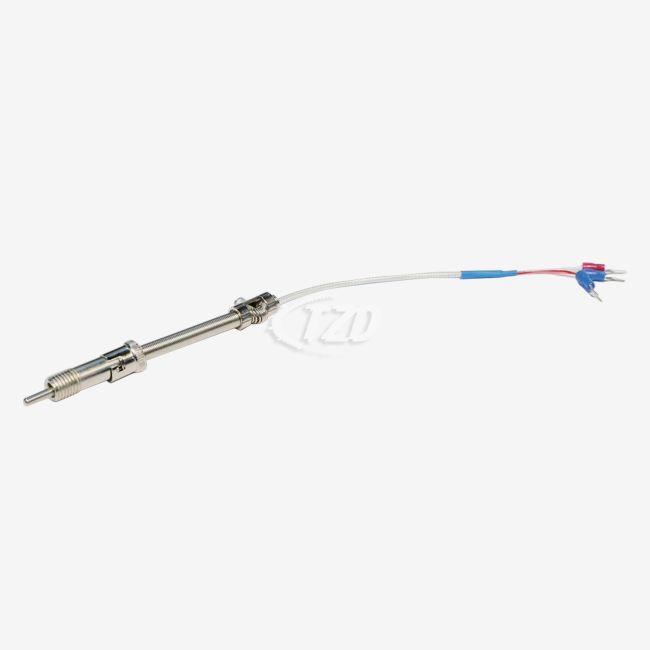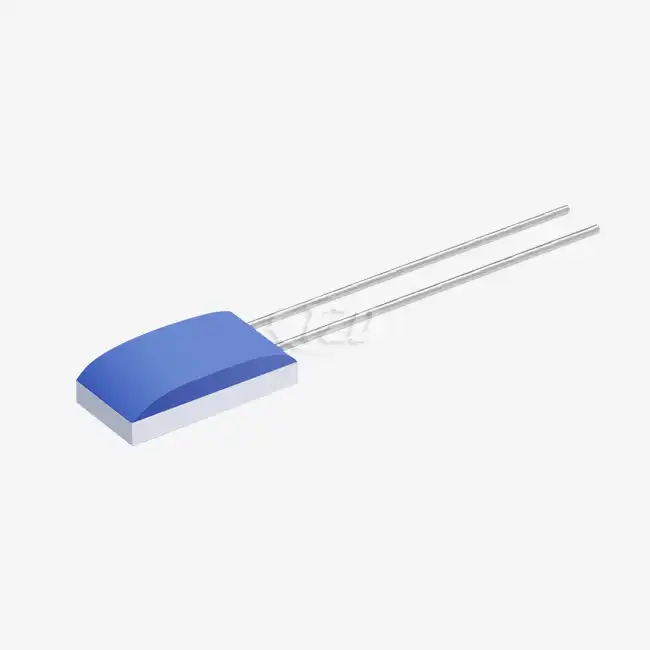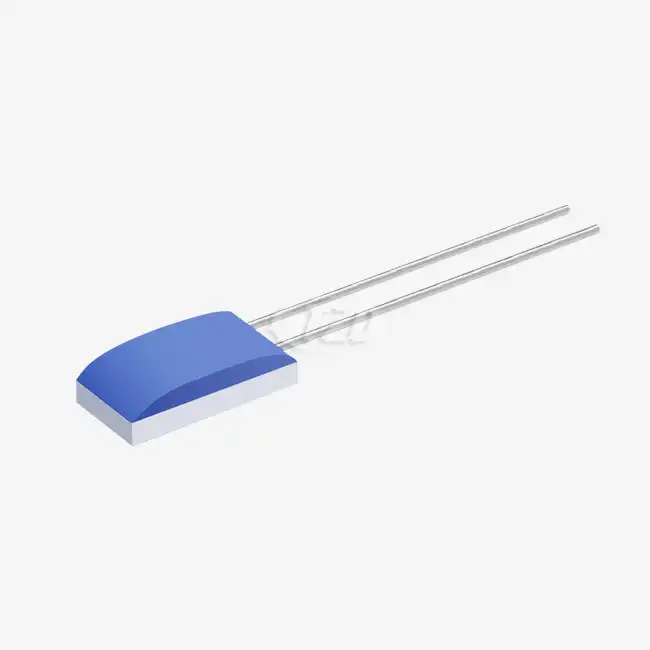- English
- French
- German
- Portuguese
- Spanish
- Russian
- Japanese
- Korean
- Arabic
- Greek
- German
- Turkish
- Italian
- Danish
- Romanian
- Indonesian
- Czech
- Afrikaans
- Swedish
- Polish
- Basque
- Catalan
- Esperanto
- Hindi
- Lao
- Albanian
- Amharic
- Armenian
- Azerbaijani
- Belarusian
- Bengali
- Bosnian
- Bulgarian
- Cebuano
- Chichewa
- Corsican
- Croatian
- Dutch
- Estonian
- Filipino
- Finnish
- Frisian
- Galician
- Georgian
- Gujarati
- Haitian
- Hausa
- Hawaiian
- Hebrew
- Hmong
- Hungarian
- Icelandic
- Igbo
- Javanese
- Kannada
- Kazakh
- Khmer
- Kurdish
- Kyrgyz
- Latin
- Latvian
- Lithuanian
- Luxembou..
- Macedonian
- Malagasy
- Malay
- Malayalam
- Maltese
- Maori
- Marathi
- Mongolian
- Burmese
- Nepali
- Norwegian
- Pashto
- Persian
- Punjabi
- Serbian
- Sesotho
- Sinhala
- Slovak
- Slovenian
- Somali
- Samoan
- Scots Gaelic
- Shona
- Sindhi
- Sundanese
- Swahili
- Tajik
- Tamil
- Telugu
- Thai
- Ukrainian
- Urdu
- Uzbek
- Vietnamese
- Welsh
- Xhosa
- Yiddish
- Yoruba
- Zulu
Advantages of Semiconductor Temperature Sensors in Electronics
Semiconductor temperature sensors have revolutionized temperature measurement in electronic systems. These compact, versatile devices offer superior accuracy, rapid response times, and excellent linearity across a wide temperature range. Their integration capabilities, low power consumption, and compatibility with digital interfaces make them ideal for modern electronic applications. From consumer electronics to industrial automation, semiconductor temperature sensors provide reliable, precise temperature monitoring, enabling enhanced performance, safety, and efficiency in various electronic systems.
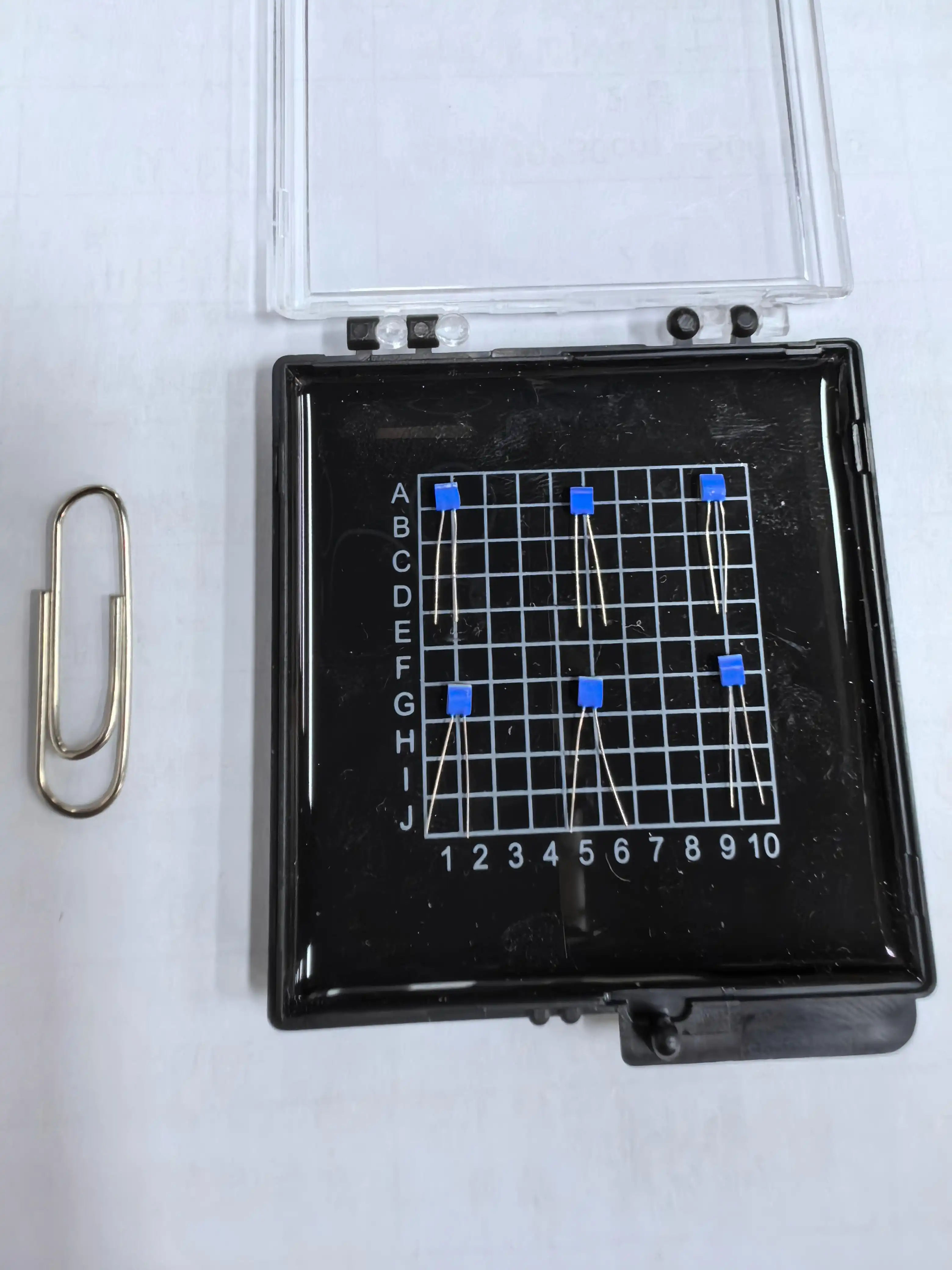
Understanding Semiconductor Temperature Sensors
Semiconductor temperature sensors are solid-state devices that leverage the temperature-dependent properties of semiconductor materials to measure temperature. These sensors typically utilize silicon as the primary sensing element, exploiting its predictable resistance changes with temperature variations.
Operating Principle
The core functionality of semiconductor temperature sensors relies on the bandgap voltage of silicon. As temperature increases, the bandgap voltage decreases in a highly predictable manner. This relationship allows for accurate temperature measurements by monitoring the voltage changes across the semiconductor material.
Types of Semiconductor Temperature Sensors
There are several types of semiconductor temperature sensors, each with unique characteristics:
- Thermistors: Resistive devices with a high temperature coefficient
- Diode-based sensors: Utilize the forward voltage drop of a diode
- Integrated circuit (IC) sensors: Combine sensing elements with signal conditioning circuitry
- Infrared sensors: Measure temperature through non-contact infrared radiation detection
Key Advantages in Electronic Applications
Semiconductor temperature sensors offer numerous benefits that make them particularly suitable for electronic systems:
Miniaturization and Integration
The compact nature of semiconductor temperature sensors aligns perfectly with the trend towards miniaturization in electronics. These sensors can be easily integrated into small form factor devices, allowing for efficient use of space on printed circuit boards (PCBs). Their compatibility with standard semiconductor manufacturing processes enables cost-effective production and seamless integration with other electronic components.
High Accuracy and Precision
Semiconductor temperature sensors provide exceptional accuracy, often within ±0.5°C or better. This level of precision is crucial in applications such as medical devices, where even small temperature variations can have significant implications. The inherent linearity of semiconductor sensors also contributes to their accuracy across a wide temperature range, reducing the need for complex calibration procedures.
Fast Response Time
The thermal mass of semiconductor sensors is relatively low, resulting in rapid response to temperature changes. This quick reaction time is invaluable in applications requiring real-time temperature monitoring and control, such as in automotive systems or industrial processes. For instance, our thin film platinum resistance thermistors offer response times as low as 0.05 seconds in flowing conditions, enabling near-instantaneous temperature readings.
Low Power Consumption
Semiconductor temperature sensors typically require minimal power to operate, making them ideal for battery-powered devices and energy-efficient systems. This low power consumption is particularly beneficial in IoT devices and wearable technology, where energy conservation is paramount.
Digital Interface Compatibility
Many semiconductor temperature sensors feature built-in analog-to-digital converters (ADCs) and digital interfaces such as I2C or SPI. This digital output capability simplifies integration with microcontrollers and other digital systems, eliminating the need for external ADCs and reducing overall system complexity.
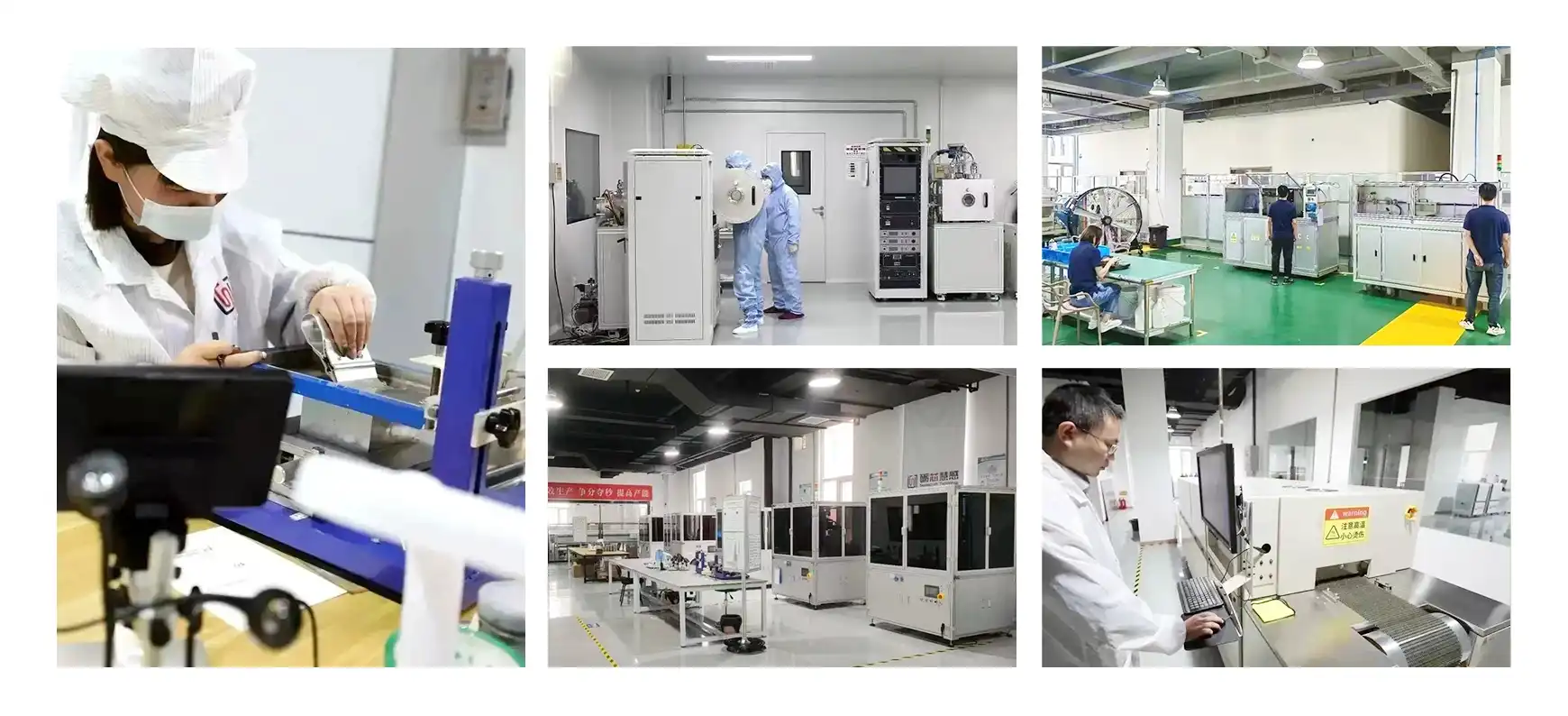
Applications in Modern Electronics
The versatility of semiconductor temperature sensors has led to their widespread adoption across various electronic applications:
Consumer Electronics
In smartphones, laptops, and other personal devices, semiconductor temperature sensors play a crucial role in thermal management. They help prevent overheating by monitoring critical components like processors and batteries, enabling dynamic performance adjustments to optimize device operation and extend battery life.
Automotive Electronics
Modern vehicles depend on semiconductor temperature sensors to support key systems such as engine management, climate control, and battery monitoring in electric vehicles. These sensors deliver precise temperature readings that are critical for ensuring peak performance, energy efficiency, and overall safety. By continuously monitoring temperature conditions, they help automotive systems operate reliably under varying loads and environments, making them indispensable in today’s advanced vehicle technology.
Industrial Automation
In industrial environments, semiconductor temperature sensors play a crucial role in process control and equipment protection. Their high accuracy, rapid response, and durability in harsh conditions make them essential for reliable operation. These sensors are widely used in manufacturing, HVAC systems, and predictive maintenance, where real-time temperature monitoring helps optimize performance, prevent equipment failures, and ensure consistent product quality across various industrial applications.
Medical Devices
The healthcare industry relies on the precision and reliability of semiconductor temperature sensors across a range of medical devices. From digital thermometers to sophisticated diagnostic systems, these sensors deliver accurate temperature readings that are essential for effective patient monitoring, diagnosis, and treatment. Their consistency and responsiveness help ensure high standards of care and support critical clinical decision-making in both routine and emergency medical settings.
Aerospace and Defense
In aerospace applications, semiconductor temperature sensors are essential for monitoring engine temperatures, environmental control systems, and avionics. Designed to perform reliably in extreme conditions, these sensors offer high accuracy and durability, making them ideal for the rigorous demands of flight operations. Their robust construction ensures consistent performance in high-vibration, high-temperature, and low-pressure environments, contributing to the safety, efficiency, and reliability of modern aerospace systems.

Conclusion
Semiconductor temperature sensors have become indispensable components in modern electronic systems, offering a compelling combination of accuracy, speed, and integration capabilities. As technology continues to evolve, these sensors will play an increasingly important role in enabling smarter, more efficient, and more reliable electronic devices across various industries.
For those seeking high-performance temperature sensing solutions, our range of semiconductor-based sensors offers cutting-edge technology tailored to meet diverse application requirements. To learn more about how our sensors can enhance your electronic systems, please contact us at sales11@xatzd.com.
FAQ
What is the temperature range of semiconductor temperature sensors?
Semiconductor temperature sensors typically operate over a wide range, from -55°C to +150°C. However, specialized sensors can extend this range further, with some capable of measuring temperatures as low as -200°C or as high as +850°C.
How do semiconductor temperature sensors compare to traditional thermocouples?
While thermocouples offer a wider temperature range, semiconductor sensors generally provide better accuracy, faster response times, and easier integration with electronic systems. They also typically require less signal conditioning and are more suitable for miniaturized applications.
Are semiconductor temperature sensors affected by self-heating?
Yes, semiconductor sensors can experience self-heating due to the current flowing through them. However, this effect is usually minimal and can be mitigated through proper design and by using low operating currents. For example, our sensors operate with currents as low as 0.3 mA to minimize self-heating effects.
References
1. Johnson, M. (2020). Semiconductor Temperature Sensors: Principles and Applications in Modern Electronics. IEEE Sensors Journal, 20(15), 8234-8249.
2. Smith, A. et al. (2019). Advances in MEMS-based Temperature Sensing for IoT Applications. Sensors and Actuators A: Physical, 295, 398-412.
3. Chen, L. & Wang, R. (2021). Comparative Analysis of Temperature Sensor Technologies for Automotive Electronics. SAE International Journal of Passenger Cars - Electronic and Electrical Systems, 14(1), 57-70.
4. Patel, S. (2018). High-Precision Temperature Measurement Using Semiconductor Sensors in Medical Devices. Journal of Medical Devices, 12(3), 031006.
5. Anderson, K. et al. (2022). Semiconductor Temperature Sensors in Aerospace Applications: Performance and Reliability Considerations. Journal of Aerospace Engineering, 35(4), 04022025.
Learn about our latest products and discounts through SMS or email
